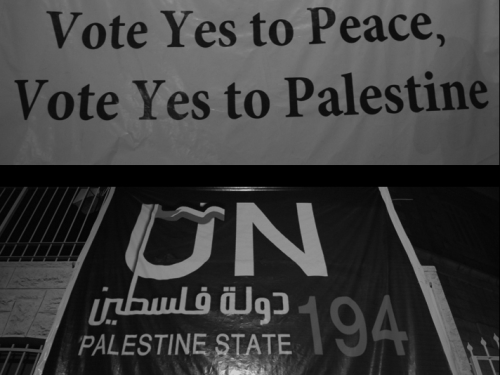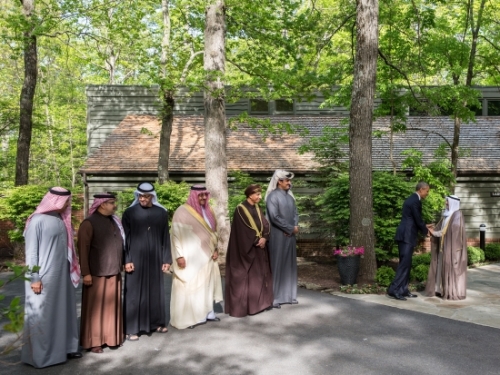
This article was originally published by World Affairs on 13 June 2016.
The following is and interview with Ian Lustick, a Professor of Political Science at the University of Pennsylvania.
MOTYL: Professor Lustick, let’s begin the conversation with your provocative theory of “right-sizing” states. What’s the gist?
LUSTICK: The basic point is pretty obvious. If a person is too thin, gaining weight is a good thing, but not if the weight gain is all in the stomach. To take a more extreme example: If a person is overweight, losing pounds is a good thing, but not if it is achieved by decapitation or sawing off one’s right arm. “Right-sizing” a state is the idea that—although it is dangerous and usually wrong to change a country’s borders when those borders have been settled and have taken on a sense of stability and naturalness—there are circumstances when it can be entirely appropriate to alter the size and shape of a state for the state’s own good and for the welfare of the nation, people, or population that identifies with it.
MOTYL: If the theory makes so much sense—and I agree that it does—why isn’t it practiced more often? What are the main obstacles to right-sizing?
LUSTICK: States commonly seek to get bigger, but more often than not they “wrong-size” themselves by doing so. Except for perhaps a temporary boost to the popularity of the leadership that promises that expansion will yield a bigger pie to divide among their followers, the costs of maintaining rule over far-flung territories and exploited and unhappy indigenous peoples usually vastly outweighs the benefits that can be sustained over a long period of time. That means, however, that many states are bigger than they “should be,” raising the question you have asked: why don’t more states shrink strategically? The reason is that getting smaller is almost always perceived as shrinking the size of the available pie and diminishing the prestige of those who identify with the state. So it is always more difficult to contract rather than expand, even if, strategically, it is likely to be very advantageous to do so. As you can imagine, it is far easier to label a leader who favors withdrawing from a territory a coward or a traitor to the national (or imperial) cause, than it is to challenge the patriotism of a leader embarking on a “glorious” campaign of expansion—one that would typically be characterized as being demanded by the historical (or divine) rights of the nation or its security requirements.




